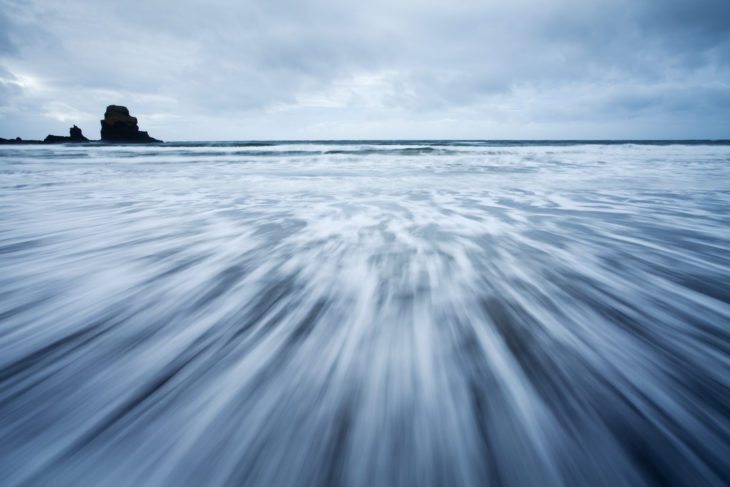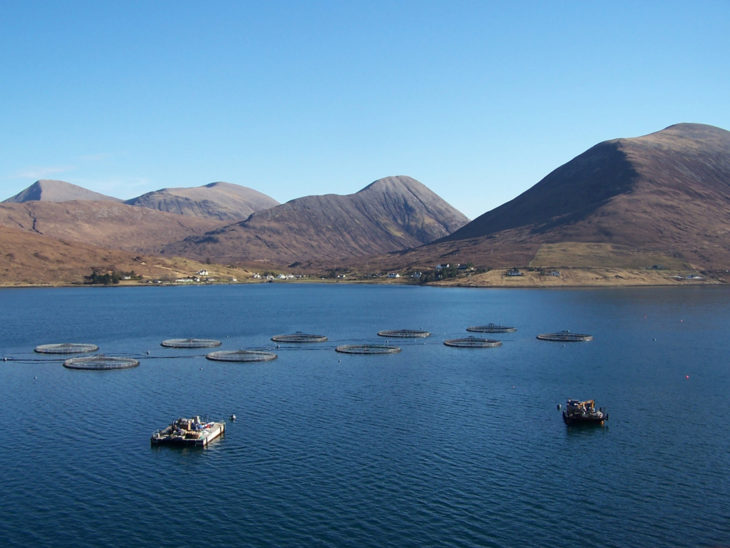How Scotland’s seas will be affected by the Programme for Government
Over the last few weeks, the messaging from the Scottish Government on future actions to improve the health of the marine environment has been encouraging, beginning with the Cooperation Agreement between the Scottish National Party and the Scottish Greens.

The Agreement promised a “step change in support for […] new protections for our marine areas” and changes that would make “Scotland an international leader in this field”. It identifies a number of much-needed actions to recover the health of Scotland’s seas, namely:
- Delivering fisheries management measures for all of Scotland’s Marine Protected Areas
- Designating a suite of Highly Protected Marine Areas covering 10% of Scotland’s seas
- Increasing protection for the inshore seafloor that falls outwith protected areas.
- Recovering Priority Marine Features
The Agreement also highlights a number of other actions regarding marine industries, specifically regarding aquaculture (e.g. the publication of the long-awaited Scottish Government response to the Salmon Interactions Working Group report, and consulting on a new Sea Lice Risk Framework). The Agreement also reinforces the Government’s support for offshore renewables, in particular the expansion of offshore wind.
One of Scotland’s most important assets is its marine environment. Government support for the growth in marine industries was expected and could play an important role in Scotland’s green recovery. However, expanding the size and range of marine industries while simultaneously recovering the natural environment seems counter intuitive – the most effective way to enhance our seas is to reduce the pressure from human activity.
Finding the balance between industry growth and marine ecosystem recovery will be the greatest challenge marine planners face over the coming years. This is particularly true for offshore wind given its key role in Scotland achieving its ambitious net zero targets. Ensuring industry growth is appropriately located and does not hinder conservation efforts will be vital.
The release of the Cooperation Agreement was quickly followed by the publication of the Programme for Government. This sets out the Government’s work plan for the year ahead. As expected, the Programme contains a number of work streams that will begin the process of delivering the commitments in the Cooperation Agreement.
The Trust, along with other Scottish Environment LINK members, has been calling for Highly Protected Marine Areas in Scotland through the Ocean Recovery Plan, as well as through the Nature Recovery Plan developed jointly with WWF Scotland and RSPB Scotland. We, very much welcome the inclusion of these areas in the Programme for Government confirming the intention to protect 10% of Scotland’s seas from extractive, destructive and depositional activities.
The prospect of Highly Protected Marine Areas is exciting, but current legislation only allows for the designation of protected areas for specific features (habitats or species), rather than protecting everything within a specified area. The inclusion of a Natural Environment Bill hopes to address this legislative gap, as well as to establish “targets for nature restoration that cover land and sea, and an effective, statutory, target?setting monitoring, enforcing and reporting framework”.
However, the Natural Environment Bill is not expected until year three of this parliamentary term (2023-24). This leaves little, if any time to actually designate the Highly Protected Marine Areas. It is therefore vital that this Bill is brought forward and developed without delay.

Also contained within the Programme for Government is a review of the salmon farming regulatory process, beginning with an initial review led by Professor Russel Griggs on how Scottish farms are regulated. The three-year timeframe for the review suggests that any significant reform of regulation won’t be seen until 2025 at the earliest – seven years after the Rural Economy and Connectivity Committee’s inquiry concluded that the “status quo in terms of the regulatory regime in Scotland was not an option”.
With two recent parliamentary inquiries into salmon farming, and numerous consultations on salmon farm management and regulation, it is unclear what additional insight this review will provide.
The remaining marine components of the Programme for Government consist of existing commitments that have not yet been met. Most notable are those to deliver fisheries management measures with Marine Protected Areas and increased protection for Priority Marine Features outside of these areas. While there is an element of déjà vu with many of commitments, in particular the pledge to fit Remote Electronic Monitoring equipment to the fishing fleet, it is important that these remain high on the agenda and are progressed.
In conclusion, the Trust welcomes the Programme for Government but we have reservations over the proposed timeline of delivery and implementation. Earlier this year, we published our Five Steps to Ocean Recovery and the Government’s programme has the potential to begin these five steps in earnest.
Whether Government actions over the next year truly signify a “step change” and make “Scotland an international leader” remain to be seen, but we look forward to working with the Government on delivering these commitments.
Dr Sam Collin
Living Seas Manager
Help protect Scotland’s wildlife
Our work to save Scotland’s wildlife is made possible thanks to the generosity of our members and supporters.
Join today from just £3 a month to help protect the species you love.
Preface
Over the last few weeks, the messaging from the Scottish Government on future actions to improve the health of the marine environment has been encouraging, beginning with the Cooperation Agreement …
